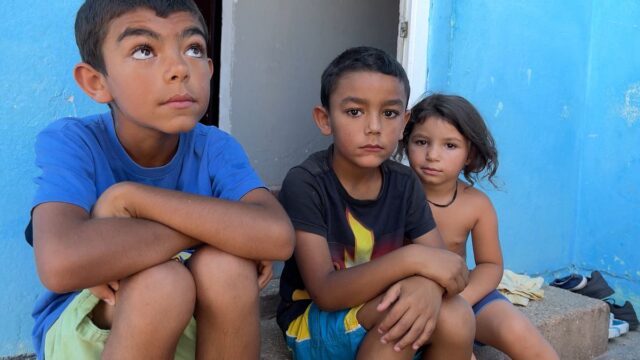Prejudices against gypsies still exist, but there are also people who rise up against them. What exactly is being done to improve the situation of Roma in Europe? Euronews journalist Hans von der Brelie traveled through Montenegro, Serbia and Bosnia-Herzegovina to find out.
On my trip I see children playing in landfills and others preparing for school. I discover ramshackle huts y modern social housing. I know working gypsies and those who don’t have a job. I listen to those who talk about discrimination in everyday life and those who live in harmony with other citizens.
In this heterogeneous panorama, we spoke with Ramiz Šakoli, a resident of a Roma neighborhood on the outskirts of Nikšić, in Montenegro: “We go to the center of the city and people point at us, saying: ‘There are the gypsies.’ We enter a cafeteria and they say again: ‘There are the gypsies.’ Relationships are not good“.
However, in some cities change is on the way. The European Commission awarded seven mayors from the Western Balkans for being pro-Roma. In Montenegro, the winner is Marko Kovačević. He is the mayor of Nikšić, the second largest city in the country: about 70,000 inhabitants, among them about 1500 gypsies.
Kovačević promoted the construction of 31 social housing, 17 of them for Roma families. When you planned to expand the projectthere was resistance:
“The changes are too slow. The reason is the different lifestyle of the Roma community and the rest of our community in Nikšić. Recently, we wanted to build 10 social housing in a neighborhood where we had resistance from the rest of the population against the project“.
I visit the ‘Center for Romanies Initiatives‘. Among other projects, the NGO promotes the rights of Roma women. Health, school, work, housing: everything is related, says director Fana Delija. An important first step would be to clarify the property issues, a problem existing in all regions of the former Yugoslavia. “The biggest problem is the still non-existent legalization of the land where the Romani-Egyptian community lives“, affirms Delia.
Some Roma own homes, others don’t. A few years ago, on the outskirts of Nikšić, in the Gracanica neighborhood, the city council built social housing where they live now about 300 people. Huge families are crowded together, some of them in miserable living conditions, says Bukurija Sejdi, an elderly resident of this Roma neighborhood:
“14 people live in this house, with grandchildren, also my son with a sick baby. And no one has a job, only one person receives social benefits.”
The gypsy activist Fana Delija emphasizes: “It is really important to focus on employment in the communityin the next four years.”
I accompany Zoja Tarlamišaj, a Roma mediator at the local institute, to visit Amela and her six children at home. Amela is married to a gypsy. Women know: To find a qualified job, first you need a solid education. That is why Tarlamišaj closely follows the school grades of the few gypsy children who have reached secondary school.
Tarlamišaj herself is Roma, and successfully completed her university studies, a rarity for Roma in Montenegro. Tarlamišaj invites policy makers to change legalization: “And secondary education was compulsorystudents from the Egyptian-Roma community would not leave school so early (after primary school) and, By acquiring better qualifications, your life would improve“.







